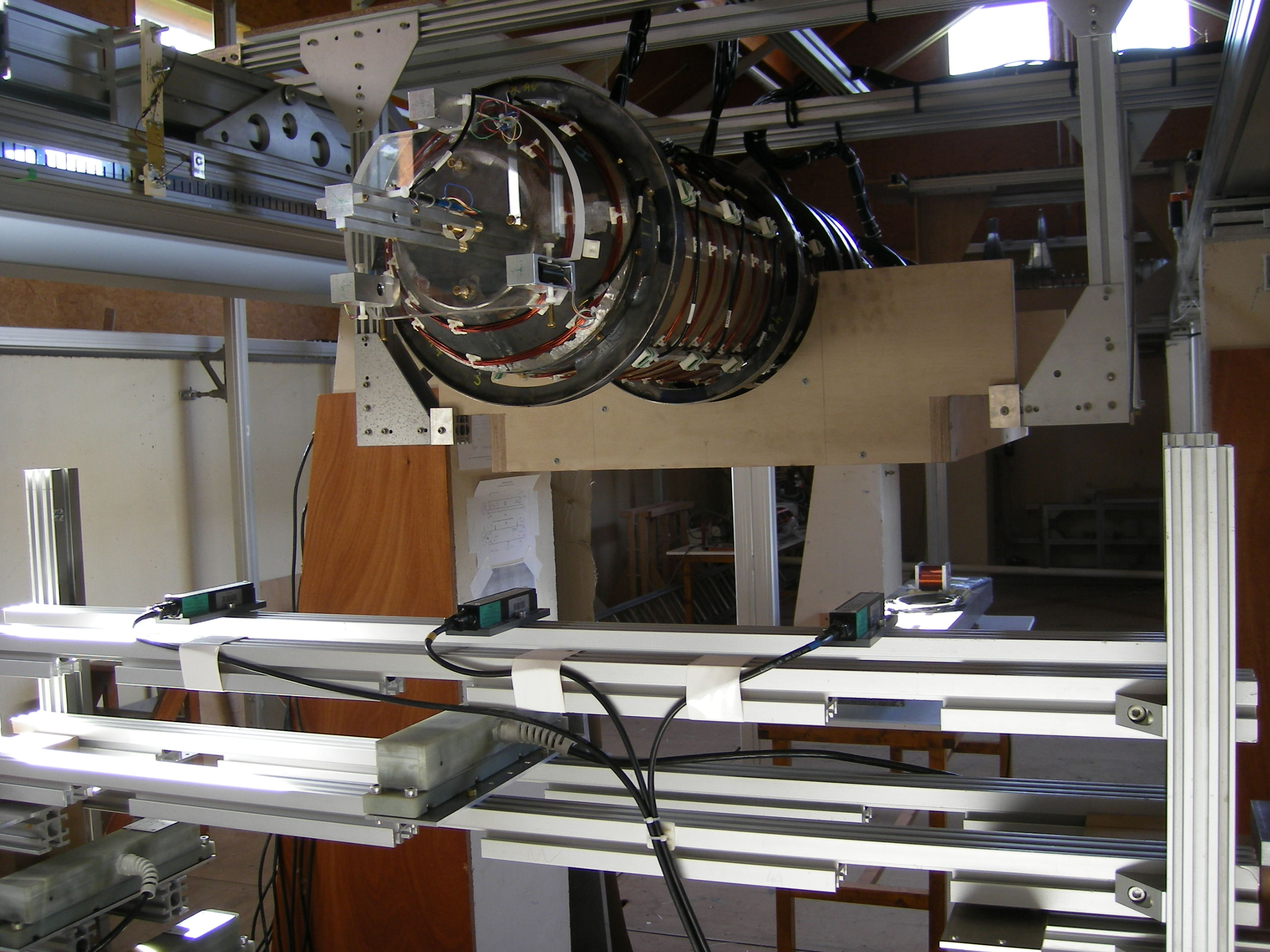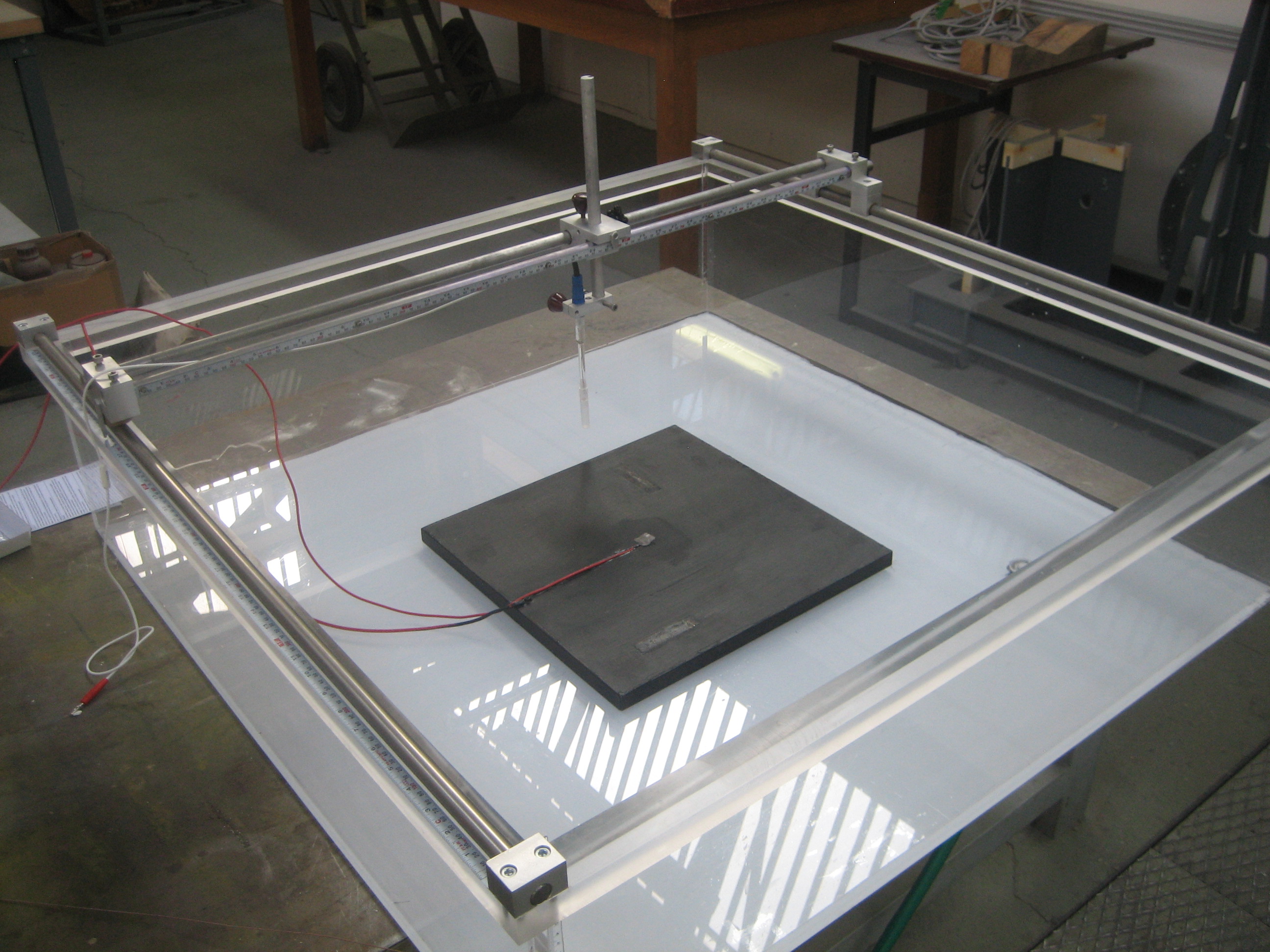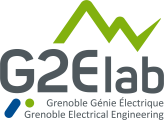A ship creates a local electromagnetic anomaly. It can be detected by immersed electromagnetic mines, or used for its detection in the case of a submarine. The sources of this anomaly are very varied and complex (ship hull ferromagnetism, field radiated by the internal electric equipments, corrosion currents,...).
Our team studies all these electromagnetic anomalies around military ships, and propose practical and relevant solutions to attenuate them. Our own original expertise, as much in metrology of the low magnetic fields as in modeling of the radiated electromagnetic fields (or so called stray fields), has been widely recognized in Europe and abroad for several years.
Recent projects and their results
- Closed Loop Degaussing Demonstrator (in collaboration with the DGA and DCNS). Closed Loop Degaussing (CLDG) is a system allowing a ship to predict and reduce its own outside magnetic anomaly in real time by adjusting currents in its immunization coils. The naval vessel becomes in this way magnetically furtive. Using a set of magnetic measures from on-board sensors and the resolution of an inverse problem of identification in real time, we can evaluate the magnetic state of the hull and internal sources. Our original techniques of realization of magnetically very representative models allowed us to complete a demonstrator of CLDG applied to a submarine. This model is fully instrumented with magnetometers and immunization coils. This demonstrator is a worldwide first. This demonstrator is the first of its kind in the world.

Fully instrumented CLDG model under test
- Study of magneto-elasticity under low magnetic fields and strong mechanical constraints. We wished to study the magneto-elastic effects occurring in the domain of strong mechanical constraints in low inductive magnetic field. Nowadays, this domain is hardly ever discussed in the open literature. Magnetic measures around a prototype (hollow cylinder made of navy steel submitted to an internal pressure) showed that the magnetization tended to migrate toward its anhysteretic value, under field and constraints cycles.
Ph.D. Antoine VIANA won the Marine Academy prize in 2011 for these works.
The results of this study will probably be used in submersible Closed Loop Degaussing.
- Study of the electromagnetic signatures generated by corrosion currents and diagnosis by inverse approach (DGA collaboration). Ships and more generally any structure made of steel immersed in sea water, may be source of corrosion. Corrosion generates strong currents in sea water around the hull, accelerating its deterioration and generating electromagnetic fields. The reduction of these fields is important for the electromagnetic discretion of the ship. We developed modeling methods able to evaluate these fields. The very best originality of our works resides in the use of these methods to solve the inverse problem. Thus, it becomes possible, with a set of electric field measurements close to the structure, to identify the zones of corrosion, leading to a precise and simple diagnosis of the ship hull corrosion.




